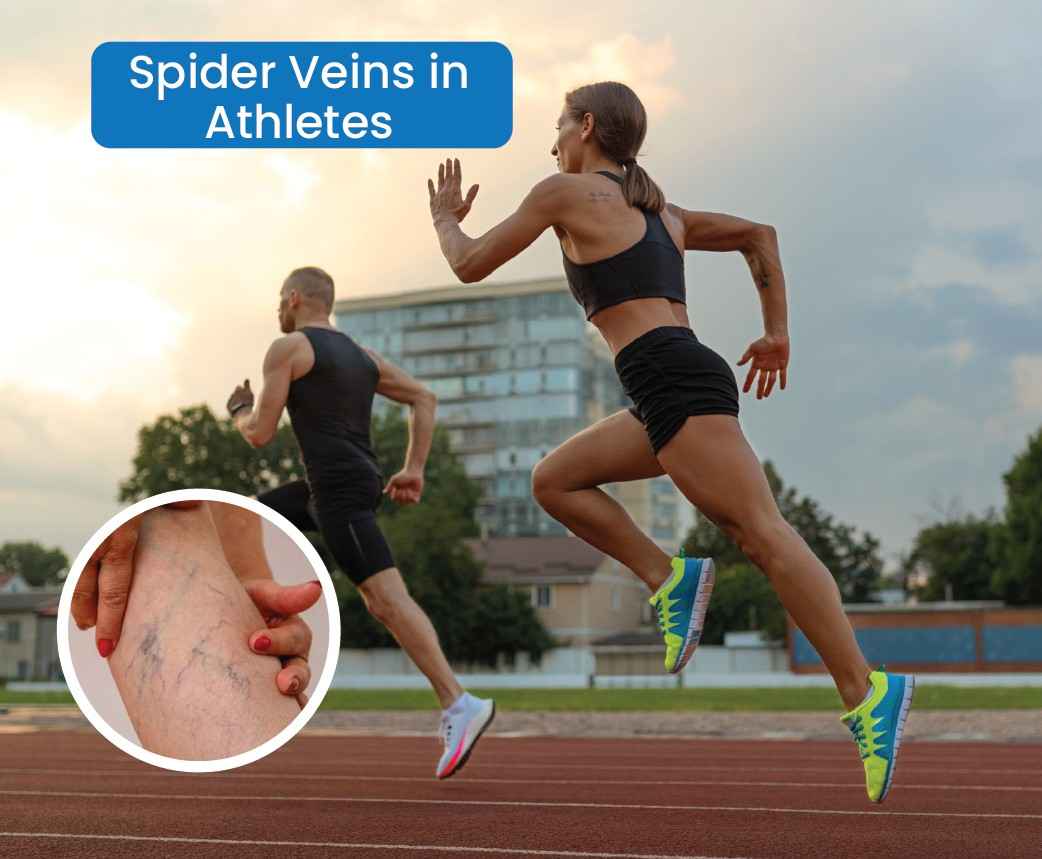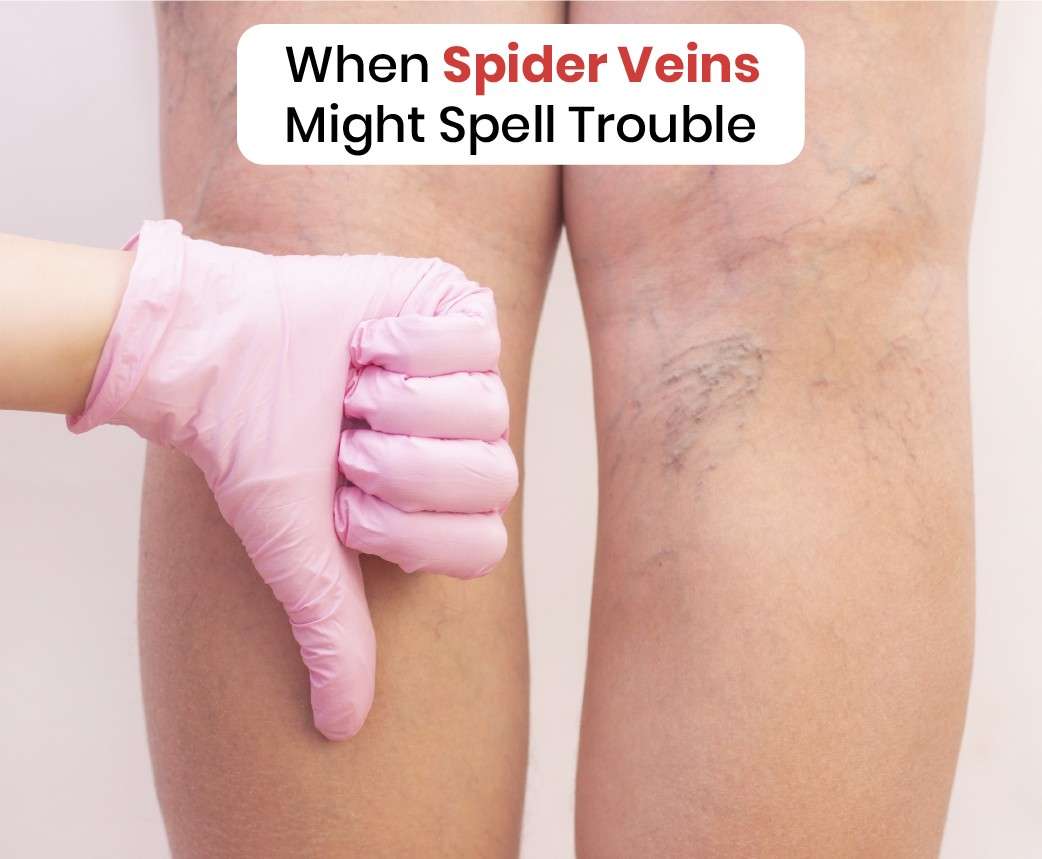Athletes are often associated with peak physical health, but even those with rigorous training routines can face unexpected conditions like spider veins. Spider veins, or telangiectasias, are small, dilated blood vessels that appear as thin red, blue, or purple lines close to the skin’s surface. Though generally harmless, they can impact performance and comfort if ignored. Understanding why athletes are susceptible and how to manage spider veins is crucial for maintaining optimal performance and vascular health.
Why Athletes Develop Spider Veins
Despite their active lifestyles, athletes often face unique physical challenges that increase their risk of developing spider veins:
- Intense Physical Strain
Activities like running, weightlifting, and competitive sports create repeated pressure on the lower extremities. Over time, this strain can weaken vein walls and valves, causing blood to pool and spider veins to form. - Prolonged Postures
Athletes in endurance sports, such as marathon runners or cyclists, maintain specific postures for extended periods. This prolonged activity can reduce venous return, especially in the legs, increasing the likelihood of spider veins. - Trauma or Impact Injuries
Contact sports or activities involving frequent jumps, such as basketball or gymnastics, can cause minor trauma to the skin and veins, leading to visible vein clusters over time. - Hormonal Influences
Female athletes, especially those undergoing hormonal shifts related to their menstrual cycle or contraceptive use, are more prone to spider veins. - Genetic Predisposition
A family history of venous insufficiency can predispose even the fittest athletes to spider veins, regardless of their activity levels.
Symptoms Athletes Should Watch For
- Thin, visible veins, especially in the legs, face, or arms.
- Leg fatigue, heaviness, or swelling post-exercise.
- Localized discomfort in the areas affected by spider veins.
Athletes often dismiss these symptoms as post-exercise fatigue, but persistent signs should prompt consultation with a specialist.
Prevention Tips for Athletes
To minimize the risk of spider veins without compromising performance, athletes can adopt the following strategies:
- Incorporate Active Recovery
Activities like yoga, swimming, or light walking enhance blood flow and reduce strain on the veins. - Use Compression Gear
Compression socks or leggings are vital tools for athletes, as they improve circulation and prevent blood pooling during and after workouts. - Vary Workout Routines
Balancing high-impact exercises with low-impact alternatives such as cycling or Pilates reduces repetitive strain on the veins. - Leg Elevation Post-Training
Elevating the legs above heart level for 10–15 minutes post-workout can aid venous return and reduce swelling. - Stay Hydrated and Monitor Nutrition
Proper hydration and a diet rich in vein-supporting nutrients, such as Vitamin C, help maintain healthy blood vessels. - Invest in Footwear and Form
Well-fitted shoes and proper exercise techniques reduce undue stress on the legs, supporting overall vascular health.
Treatment Options for Athletes
If spider veins develop, athletes can consider minimally invasive treatments that require little downtime:
- Sclerotherapy: An injection-based treatment to collapse and fade spider veins, effective for small clusters.
- Laser Therapy: Uses targeted light to diminish superficial veins without affecting performance long-term.
- Vein Ablation: For more severe cases, this procedure treats deeper venous issues causing spider veins.
Athletes should work with a specialist to time treatments during off-seasons or recovery phases to ensure minimal disruption to training schedules.
Special Considerations for Athletes
Athletes must be vigilant about their body’s signs. While spider veins might seem like a minor cosmetic issue, they can hint at venous insufficiency, which could impact endurance and mobility. Adapting post-treatment recovery routines and preventing recurrence are essential for long-term vascular health.
Spider veins can affect even the most active individuals, including athletes. The constant strain and unique demands of athletic activities make prevention and management particularly important. By staying informed and proactive, athletes can address spider veins early, maintain peak performance, and continue excelling in their sport without compromising their vascular health.






